 More often than we would like, the media brings us stories about tragic events happening throughout Latin America. These sad events remind us that safety is more important than ever.
More often than we would like, the media brings us stories about tragic events happening throughout Latin America. These sad events remind us that safety is more important than ever.
by Richard Brent*
To ensure the safety of people in Latin America it is important to expand horizons and consider the use of audio monitoring as a fundamental resource for the security of the region.
According to the United Nations Regional Human Development Report, 2013-2014, five out of ten Latin Americans perceive a deterioration in the security of their country. Up to 65% stopped going out at night, due to insecurity and 13% reported having to move elsewhere for fear of being victims of crime. The study also showed that one in five people had been the victim of robbery in 2012 and, on average, six out of ten of those robberies were violent. Based on the number of robberies recorded in surveys of crime victims, the report concluded that "all Latin American countries showed a higher rate of theft victims than the figures reported to authorities."
These alarming statistics show that it is time for a new paradigm to think about security in Latin America. While video surveillance has long been considered the primary technology of a security system, it's time to recognize that audio monitoring is an equally important component. Alarm checking, providing additional evidence, quality assurance, and crime prevention are just a few of the most important benefits that audio has to offer. Even so, the question remains valid: why the audio? The answer is overwhelming.
Imagine a bank guard watching audio and video material in real time. The guard is watching and listening to any security threats taking place, both inside and outside the bank. Suddenly you notice two suspicious people standing on the sidewalk. The guard pays attention to his body language and conversation, focusing on his gestures and keywords. Suddenly, he hears "I take care of the inner guard while you run to the cashier." The guard immediately notifies the authorities and they arrive in time to arrest the assailants. If the officer had not been able to hear what the suspects were saying, he would not have been able to react so quickly or get the police to the site. The benefit is even greater with the use of two-way audio. After listening to the suspects' conversation, the guard can address them through the loudspeaker and say something like "I'm seeing and hearing you, the police will arrive in 30 seconds." This is the preventive nature of audio.
The truth is that using video without audio is like living in a silent movie, which will leave you with only part of the story. In order to fully assess and respond to a security threat, the solution must include audio.
Recently numerous innovative technological advances have appeared in the field of audio monitoring. For example, using a networked two-way audio system along with video, security personnel can interact in real time and remotely with suspicious people, without having to send a guard to the area. Additionally, guards can monitor various zones, restricted areas, or business locations, better identify ongoing threats, and respond quickly with verbal warnings and instructions. With so many security features, why does audio still lag behind video in the realm of surveillance?
According to a recent report published by research firm Memoori Business Intelligence, titled "The Physical Security Business 2013 to 2017," the global market for security products was projected to total $23.4 billion. with video surveillance accounting for more than half (52 percent) of this figure, or about $12.26 billion. As if those figures weren't already impressive enough, research firm IHS expects global demand for video surveillance to grow by more than 12%, compared to 2013. As for audio, IHS reports that in 2013 more than 70 percent of network cameras shipped worldwide had a one-way or multidirectional function. However, it is estimated that these functions are employed less than 10% of the time.
It is critical that security professionals recognize that when they use only video they are limiting themselves: audio must be part of the overall security strategy. One of the main benefits of audio monitoring is its compatibility with a wide range of security devices, including cameras, recorders, and software. Specifically, audio meets the security needs of a wide range of organizations, including law enforcement and educational institutions, fast food restaurants, grocery stores, healthcare providers, storage facilities, utilities and infrastructure, and retail industry.
Audio is critical to security. There are many ways it is possible to use it, such as monitoring high-traffic areas to help protect people, providing companies with audio security to help them in their loss prevention strategies, offering training to employees, carrying out daily transactions, among many others. For example, a fast food chain could use audio monitoring to ensure that its employees are following the proper procedure for processing orders and/or to ensure that they are not stealing resources from the organization, and can also use it as a training tool to ensure compliance with standards in customer service.
Additionally, a fundamental benefit of audio monitoring is that it helps combat false alarms and provides secondary verification, in case an emergency, theft, security threat or other intrusion occurs, allowing companies to see and hear what is happening (when combined with video security technology). With audio monitoring, alarms can also be triggered from sounds (exceeding a previously specified decibel level) captured by audio monitoring products. To name just one example, in November 2013, police in Evansville, Indiana, received a verified audio alarm from an auto shop. When they arrived at the scene, two suspects were arrested and found in possession of the workshop property. The best thing about a verified alarm is that it provides real-time confirmation of an intrusion, through visual or audio monitoring and notifies any unauthorized entry or attempted entry. This technology really provides companies and businesses with the security they need to keep their assets protected.
It's only a matter of time before more and more corporations start leveraging audio to meet their security needs. So, it is necessary to make audio a more integral part of the current debate on security and not to delay the inevitable. Let's not be left behind, let's start, as industry leaders, to propose these kinds of discussions. We cannot continue to ignore audio as a fundamental component to offer a complete and comprehensive security solution.
*Richard Brent is the CEO of Louroe Electronics.





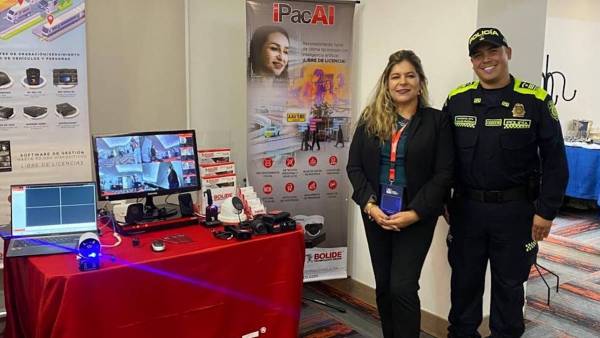
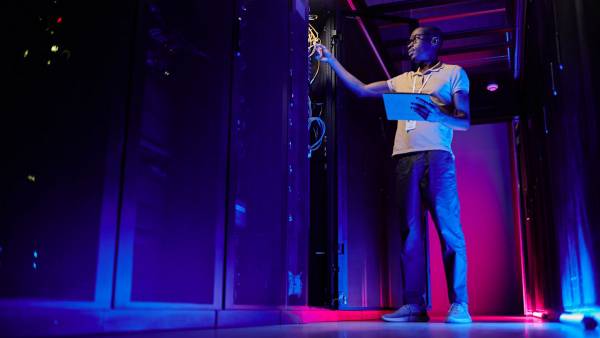
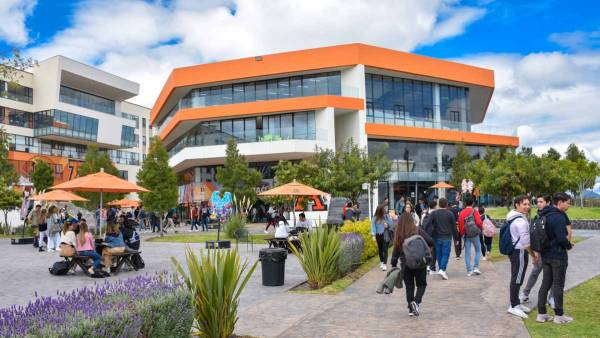

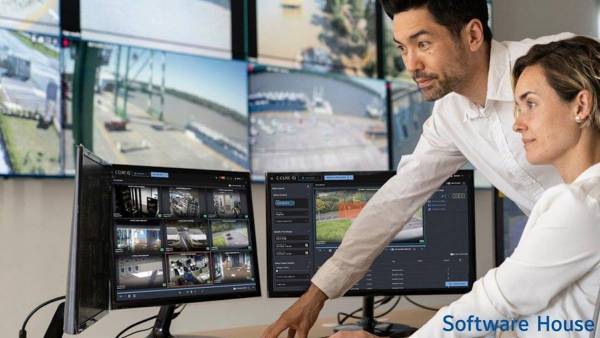
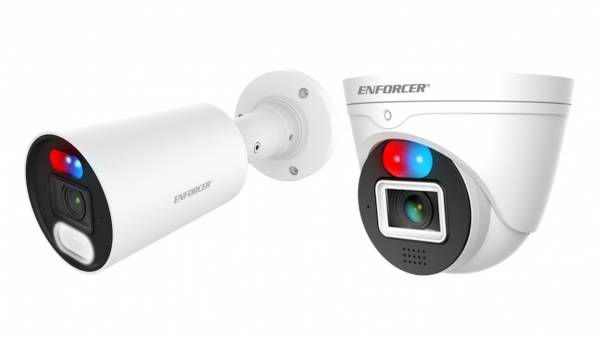



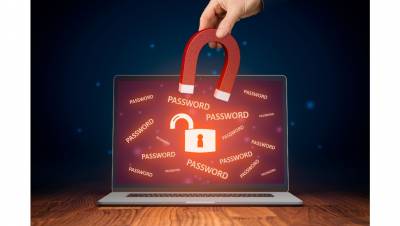










Leave your comment